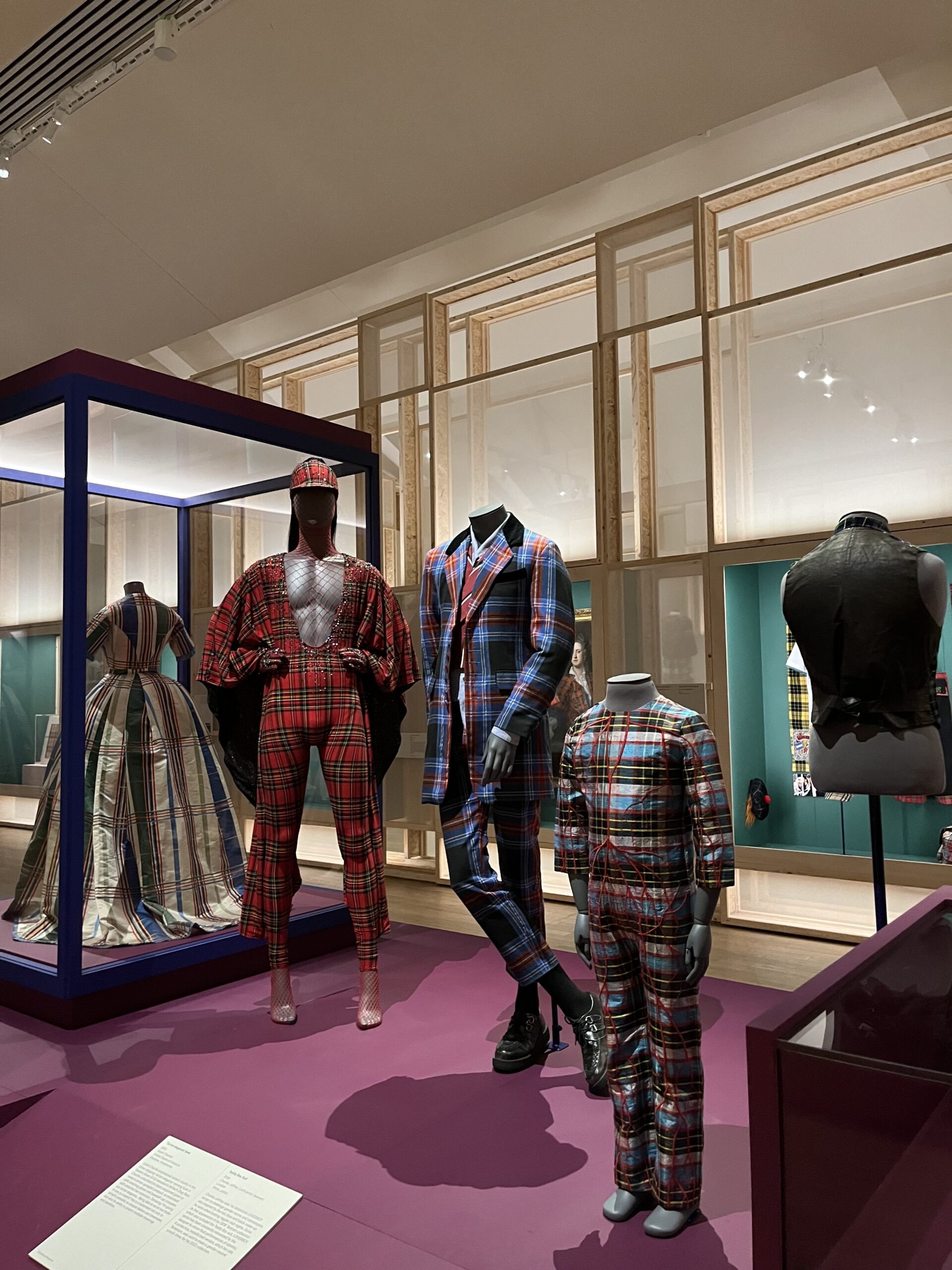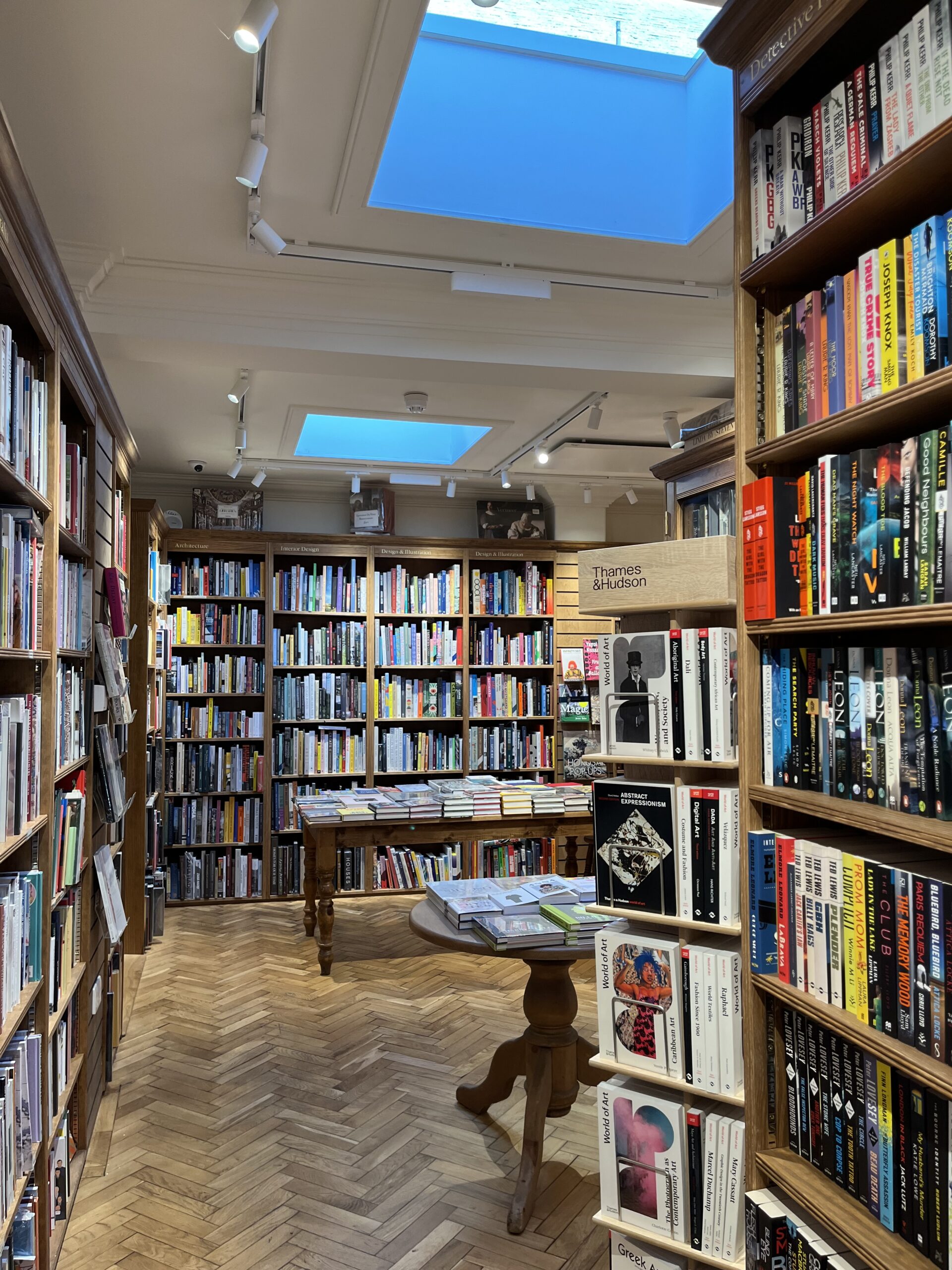This post summarises my academic experiences and describes the societies I joined. It’ll delve into my perspective which are the things I wish someone had guided me on or had known going in.
For starters, the equivalent of enrollment for HC occurs during fresher’s week known there as advising. It occurs during the introductory week where you’ll get off the plane and get the most important things done. One of which is picking your courses (modules) for the year with a small window to change. My advice is to look at the class catalog beforehand and then make changes through the school.
This fall semester, I have taken two modules towards art history. They were “Cultures of Collection and Display” and “Approaches to Persian Painting”. Although every school at the university is different in terms of how class schedules are structured, you’re exposed to a seminar and lecture environment quite equally. Truthfully, there’s a lot less small, graded assignments each week with more emphasis on heavier papers and projects. By the time midterm and finals weeks rolls by, you’re really just depending on projects, papers, and presentations to carry much of your grade (at least from a humanities POV).
This concept is very different to the Holy Cross curriculum and should be considered when you’re deciding on what academic path you’re choosing. I knew that this was an opportunity for me to expand on museum studies and take initiative of the departmental advantages that Holy Cross is more limited in. For me, my modules are upper levels (4000-5000), which I’ve experienced smaller class sizes, actively engaged conversations in class, and 3-4 readings per class every week, and no recorded lectures. However, for some that are interested in exploring a variety of subjects, taking introductory and lower levels (1000-3000) might be better to give you time to adjust to the academic and social scene.
On the other hand, there’s a lot of societies to join at your time in St Andrews. I’m a writer for the Scotland section for HASTA. It’s the art history magazine run by art history students. I’ve also joined an advisory panel for the St Andrews Museums. Throughout the semester I attend events hosted by Amnesty International and Capture Collective. There’s committees and general membership so it’s based on your own agency to pick the level of commitment you’re interested in. I’ve found the start to third year to be really quiet despite the consistent changes. There’s much more time to contemplate your calling and develop interests more genuinely.
At HC, I’m still maintaining roles on the committee for the Hanify-Howland Memorial Lecture Series and as a C.O.P.E peer educator. I do miss my friends and staff at the libraries and Cantor Art Gallery, but I know they’ll still be there when I get back.


See you later,
Karen


